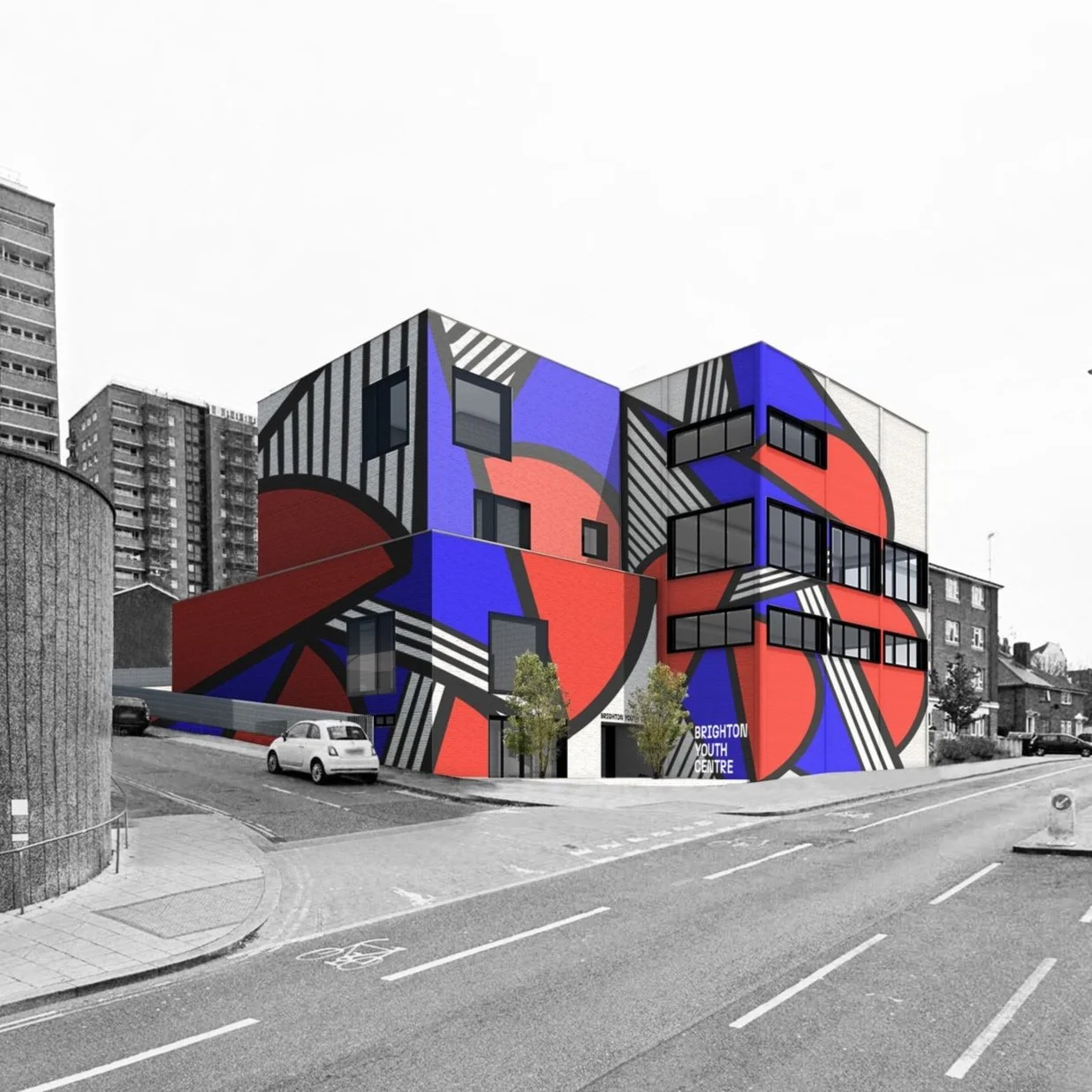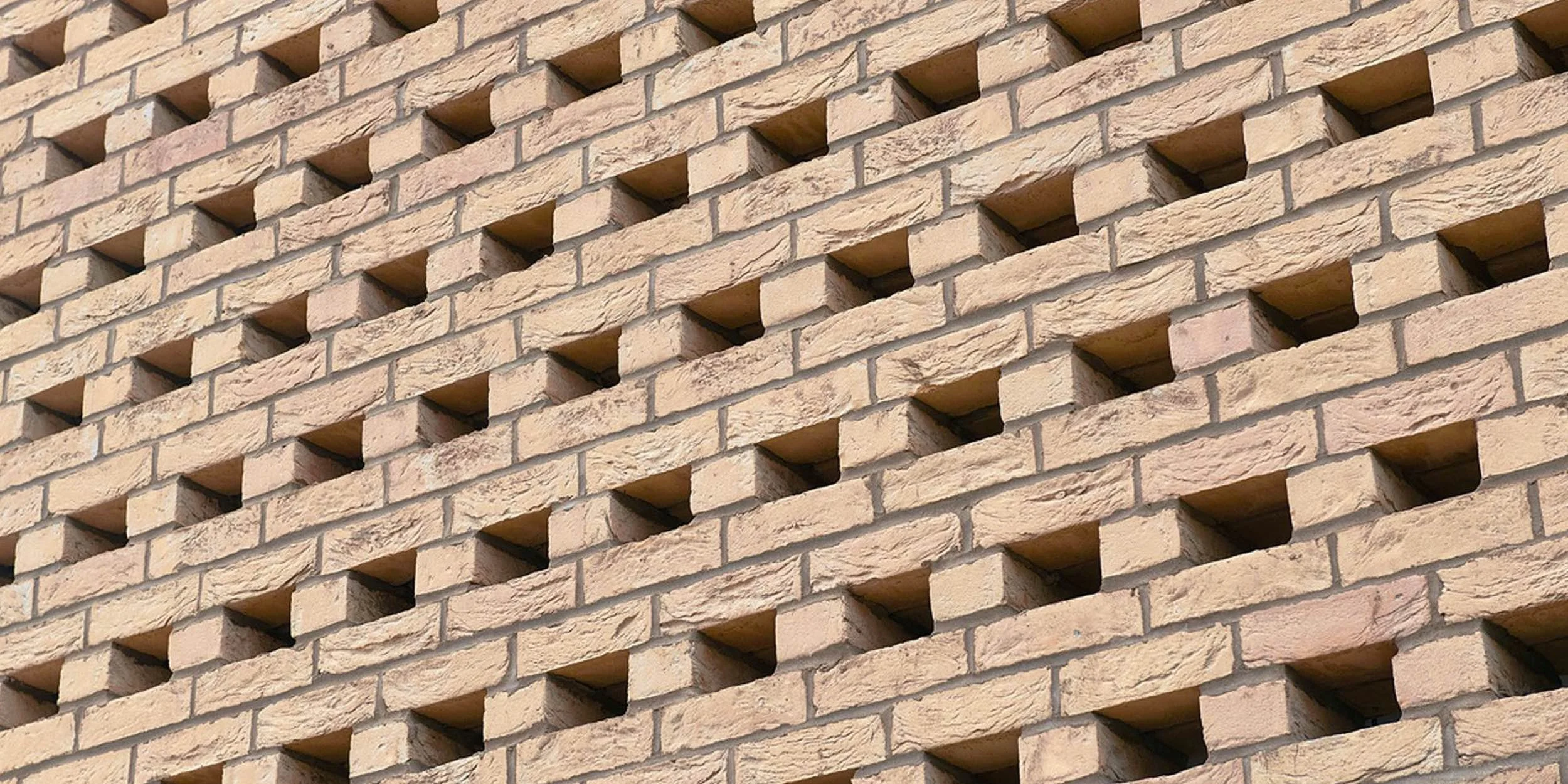Modern Architecture vs Traditional
The world of architecture is a diverse tapestry woven with threads of history, innovation, and personal expression. Two prominent styles that often stand in contrast are modern and traditional architecture, Influencing architects to design and build homes within the property market by emphasising their deep cultural significance and unique architectural value. Understanding the key differences between these approaches can empower homeowners and architects alike to make informed decisions that reflect their values and aesthetic preferences in the property market place.
Understanding Modern Architecture
Defining Modern Architecture
Retrofitting and adaptive reuse are, in essence, about giving old structures a new lease of life this is a sustainable process. From Victorian warehouses in Manchester reborn as tech hubs, to disused churches in London transformed into community centres, the process is as much about imagination as it is about engineering. But at the heart of these transformations lies architectural alteration—the subtle, and sometimes bold, changes that make yesterday’s buildings fit for today’s needs. It’s a delicate balancing act. On one hand, there’s the desire to preserve the unique character and history of a building; on the other, the necessity to meet modern standards of comfort, safety and sustainability. The best ventures, experts say, are those that manage to do both.
Key Characteristics and Elements
Several defining characteristics distinguish modern design. Open floor plans are a common feature, promoting a sense of spaciousness that is ideal for standard family homes, and often include an open kitchen-family area. Large windows maximize natural light, blurring the lines between indoors and out. Modern elements often include flat roofs and minimal ornamentation, blending traditional and modern elements.
Description
Modern materials like steel, glass, and concrete are frequently used.
Feature
Building Materials
These elements contrast with traditional buildings.
Emphasis
Horizontal lines are emphasised
Impact on Property Value
The influence of modern architecture on property value is a multifaceted topic. Modern homes often appeal to buyers seeking contemporary design often merges elements of historical charm with modern functionality to create inviting spaces, while also addressing energy costs. and energy efficiency, particularly through the use of sustainable materials. Open floor plans and modern materials can be attractive to those prioritizing a minimalist aesthetic. However, location and market trends significantly impact how modern vs traditional architecture affects property value. Some buyers may prefer the charm and character of traditional home designs, while others are drawn to the sleekness and innovation of contemporary architecture.
Exploring Traditional Architecture
Defining Traditional Architecture
Traditional architecture embodies designs rooted in the past, reflecting the culture, climate, and building materials of a specific region, often utilizing traditional materials like brick and wood, which pays homage to the area's heritage. Unlike modern design, which embraces innovation and new building materials, traditional architectural designs often prioritise established construction methods. This approach typically results in home designs that are functional and conducive to modern living. aesthetically pleasing and historically relevant. A traditional home often features architectural elements that have been refined and perfected over generations.
Charm of Traditional Architecture and Its Appeal
The appeal of traditional architecture lies in its vernacular style and connection to cultural heritage. charm and character. These designs offer a sense of warmth and history, evoking a connection to the past while accommodating modern living needs. Many homeowners are drawn to the intricate details and craftsmanship found in traditional architectural designs, which highlight traditional features. The layout of the living spaces may be less open compared to modern architectural styles, but they often offer a sense of intimacy and comfort. This aesthetic can significantly impact property value, as many buyers find value in these historic home design features, particularly in period properties.
Comparative Analysis: Modern vs Traditional
Floor Plans: Open vs Closed Layouts
When considering modern vs traditional architecture, the floor plan is a key differentiator, often influenced by the integration of traditional and modern elements. Modern architecture often features timeless design elements that appeal to today's homebuyer. open floor plans, promoting flow and connection between living spaces while incorporating energy efficiency and sustainability. In contrast, traditional home designs tend to have more intricate details and utilize traditional materials like wood and stone. defined, separate rooms often reflect traditional features that some homeowners cherish. The choice between open and closed layouts can significantly impact how homeowners experience their living spaces. Modern elements, such as large windows, complement open-concept layouts, enhancing the sense of spaciousness in homes. Traditional designs, with their distinct rooms, offer privacy and separation.
Architectural Styles in Urban Landscapes
Urban landscapes are a melting pot of architectural styles, showcasing both modern architecture and traditional architecture. Contemporary design often integrates sleek, glass-clad skyscrapers with historic buildings, creating a dynamic contrast. New buildings in urban areas may embrace modern materials like steel and concrete, while older structures exhibit the charm of brick and stone, showcasing traditional features. The interplay between modern vs traditional styles defines the character of a city, appealing to different tastes and preferences while incorporating elements of remote work functionality and defined spaces. Architects play a crucial role in shaping this urban aesthetic, often blending traditional and modern elements to appeal to a diverse range of home buyers, while embracing new materials.
Balancing Old and New: Integrating Both Styles
Achieving harmony between old and new is a significant challenge in architectural design, especially when considering the cultural significance of the structures involved. Integrating traditional and modern architecture requires careful consideration of scale, materials, and context. A successful integration can enhance property value, attracting those who appreciate both the charm of historical charm and the best of both worlds in design. traditional design and the functionality of modern elements, which can address common design issues in contemporary living, ultimately reducing energy costs. Architects often use techniques like adaptive reuse, preserving historic building facades while incorporating modern interiors, to balance modern architectural and traditional design sensibilities, appealing to both modern home and traditional home preferences, often through open-concept designs.
Historic Building Materials & Methods
Historic building materials and construction methods are key aspects of traditional architecture. Local materials are frequently used. The following table summarizes some common characteristics:
Construction Method is crucial modern and traditional structures.
Time-tested techniques in construction techniques can enhance the durability and appeal of both modern and traditional homes.
Material
Brick | Stone | Wood
Preservation efforts focus on maintaining these original materials and construction methods, emphasizing traditional principles.
Conclusion: The Future of Architecture
The Role of New Buildings in Urban Development
New buildings play a pivotal role in shaping the future of urban development, offering innovative designs that embrace the past while embracing the future. Modern architectural designs can bring a sense of spaciousness and light, particularly in homes with open layouts. innovation and energy efficiency to cities, creating spaces that cater to the evolving demands of homebuyers, addressing contemporary challenges such as sustainability and population density. When considering modern vs traditional architecture, architects must balance the need for progress with respect for the existing urban fabric. Strategic integration of new buildings can revitalise neighbourhoods, enhance property value, and create vibrant, liveable spaces that promote a sense of community.
Preserving Historic Architecture in Modern Contexts
Preserving historic architecture is essential for maintaining cultural identity and heritage, as it reflects traditional principles. Traditional buildings offer a tangible connection to the past, reminding us of the skills and craftsmanship of previous generations. In modern contexts, preservation efforts often involve restoring historic building materials and adapting traditional home designs to meet contemporary needs, while also embracing new materials for sustainability. By carefully integrating old buildings into modern landscapes, we can create a rich tapestry of architectural styles, adding depth and character to our cities, whilst balancing modern architectural needs.
Choosing Between Modern and Traditional: A Personal Perspective
The choice between modern and traditional architecture is ultimately a reflection of personal values and lifestyle preferences, balancing historical charm with contemporary needs. personal one, influenced by a preference for either traditional features or cultural significance. contemporary architecture.. Homeowners should consider their values, lifestyle, and aesthetic preferences when selecting a design that may include both traditional and modern elements. Modern architecture often appeals to home buyers who prioritize simplicity, functionality, and sustainability in their search for modern living. Traditional architecture, on the other hand, offers charm, character, and a connection to the past, often using locally available materials. Whether opting for a modern home or a traditional home, the key is to choose a design that resonates with your personal style and meets the needs of a standard family home. individual style and enhances your quality of life. When choosing, consider traditional vs modern architecture, especially how each can accommodate remote work needs.






